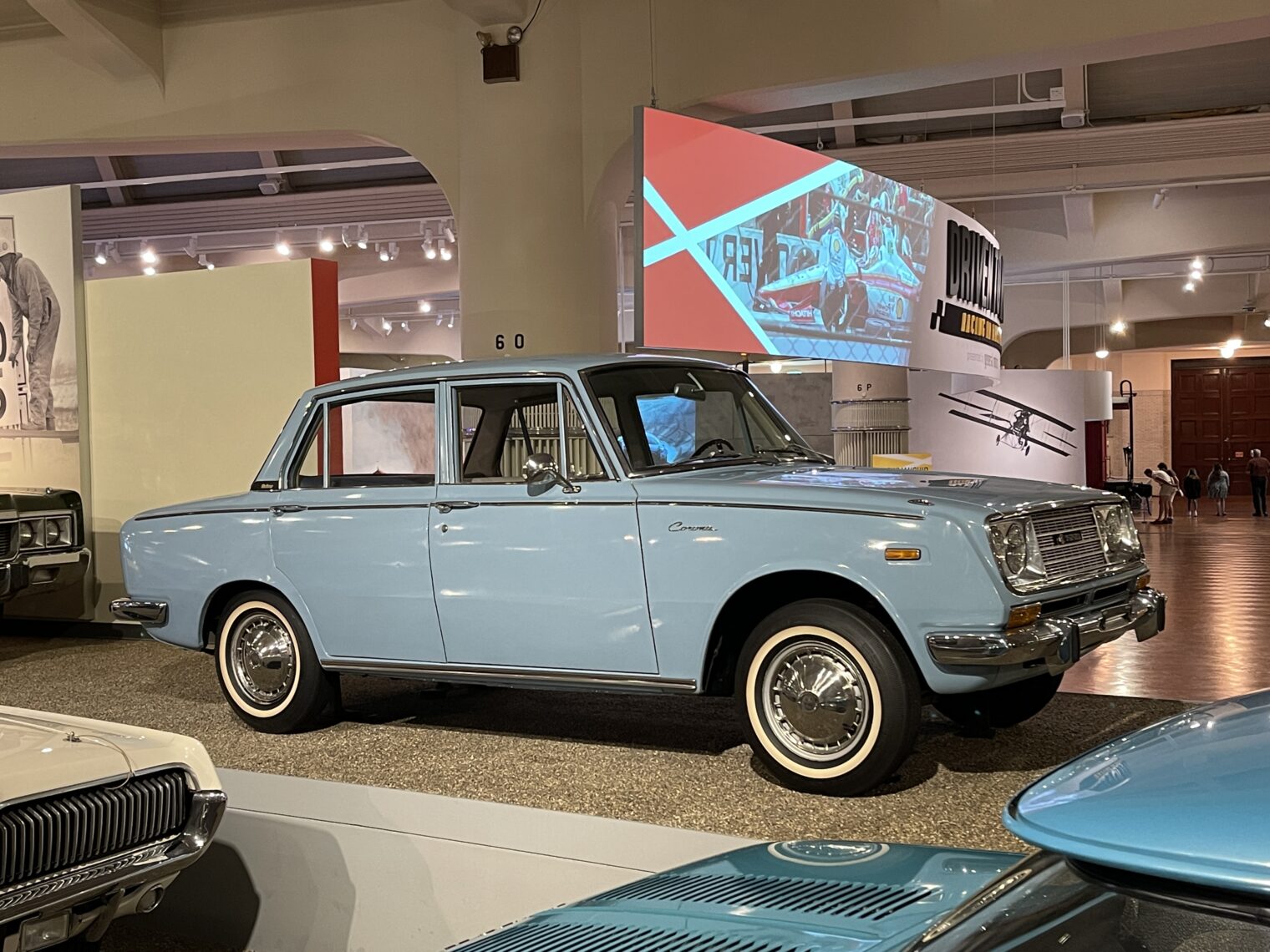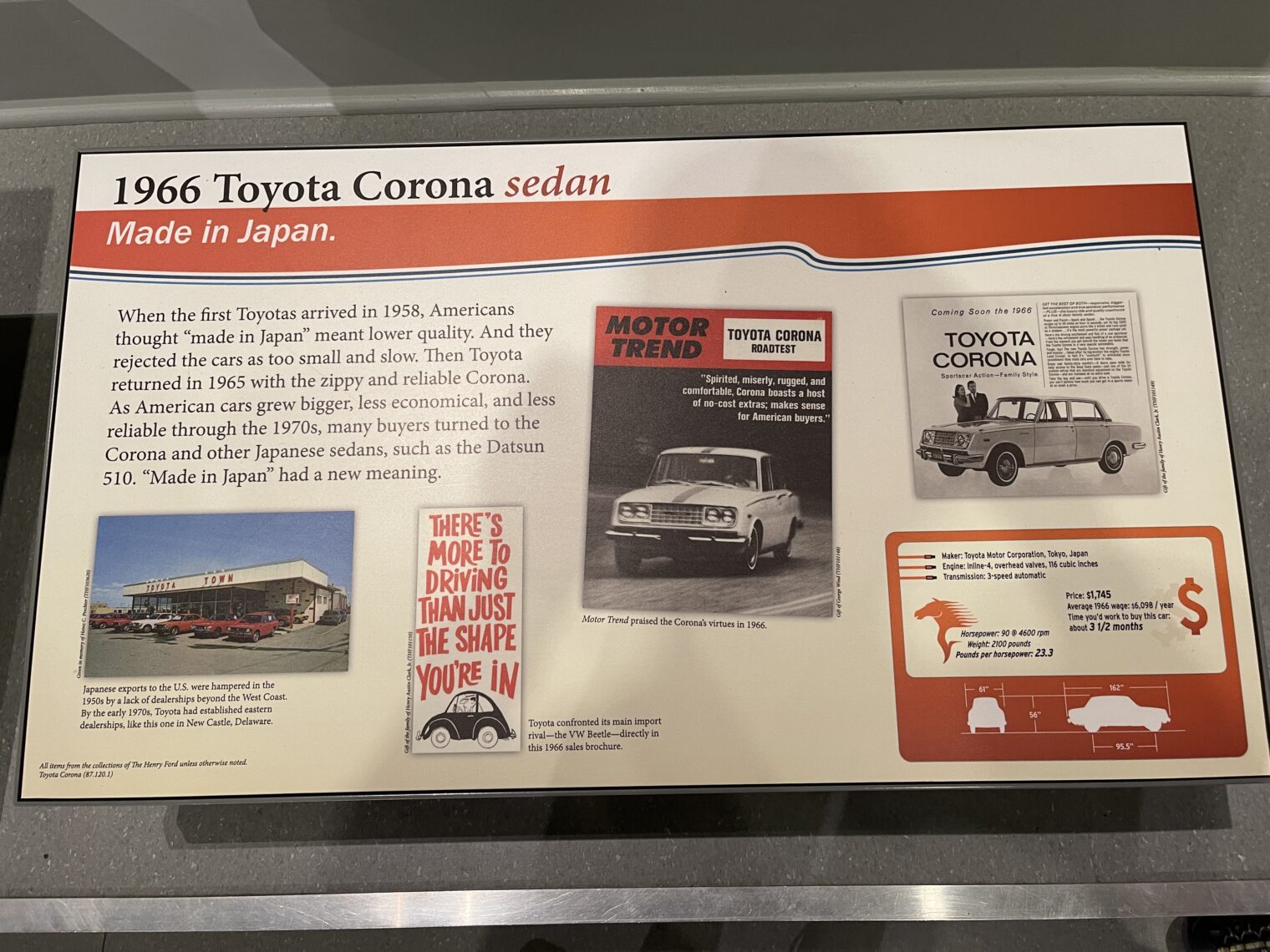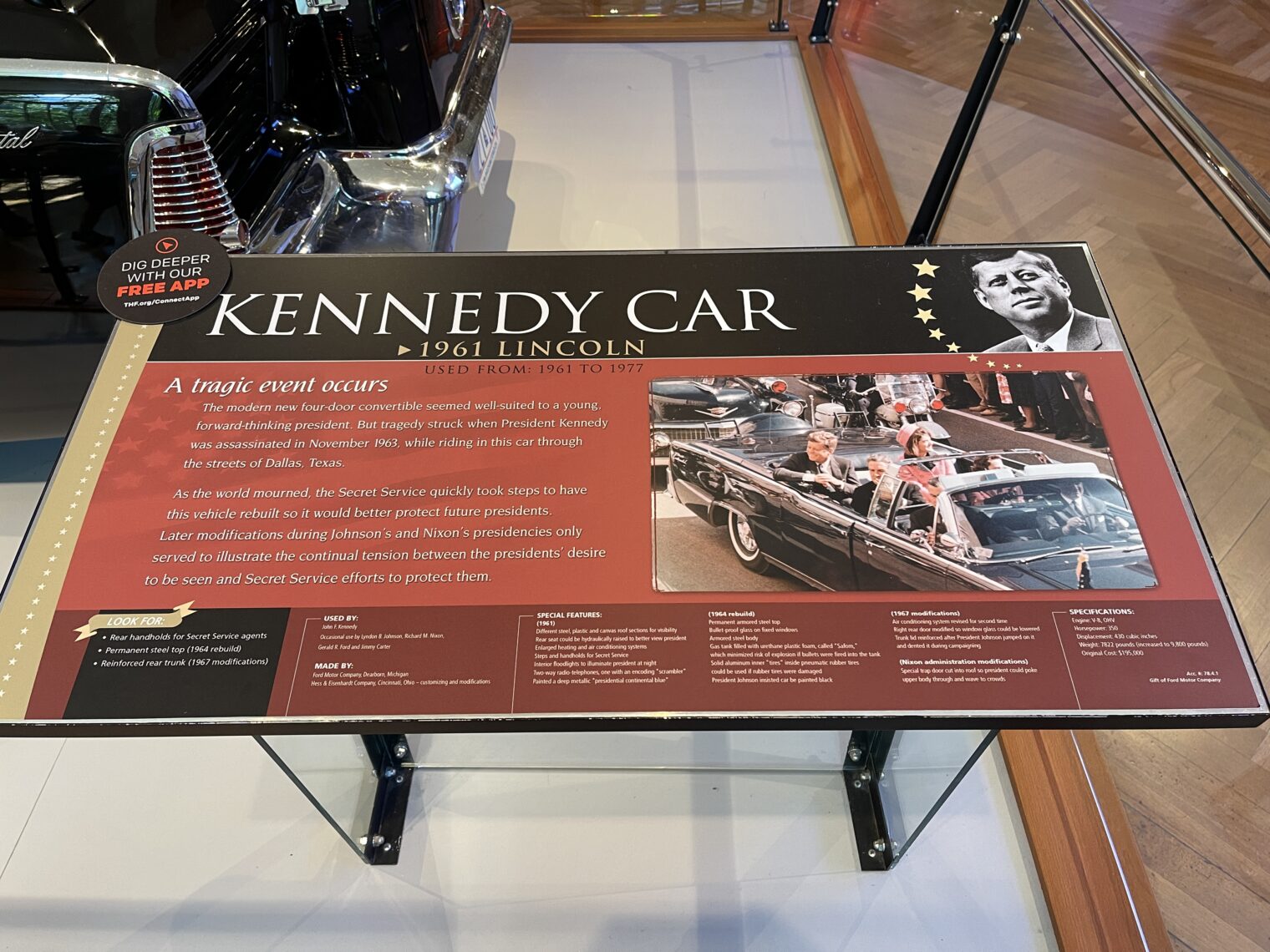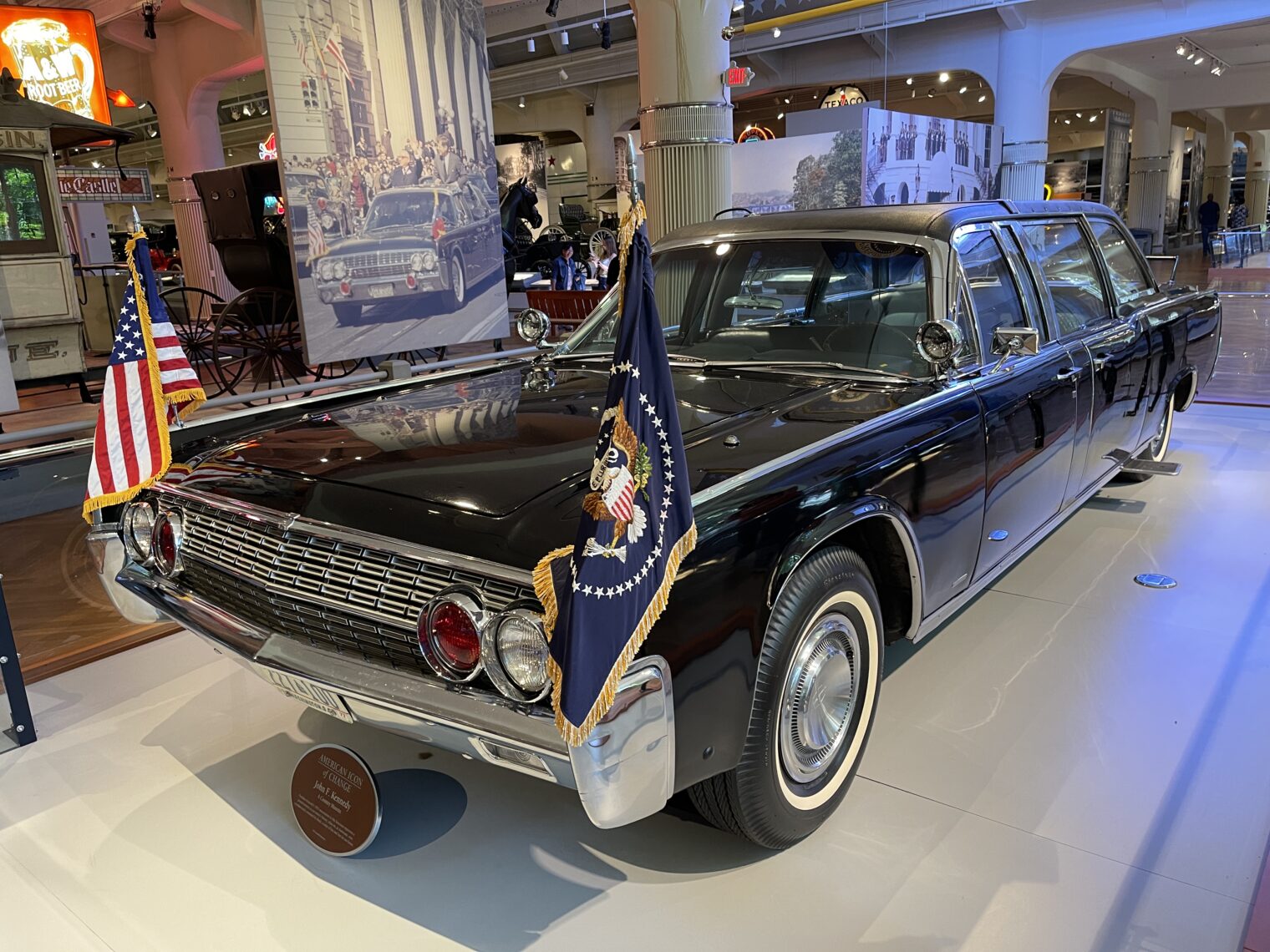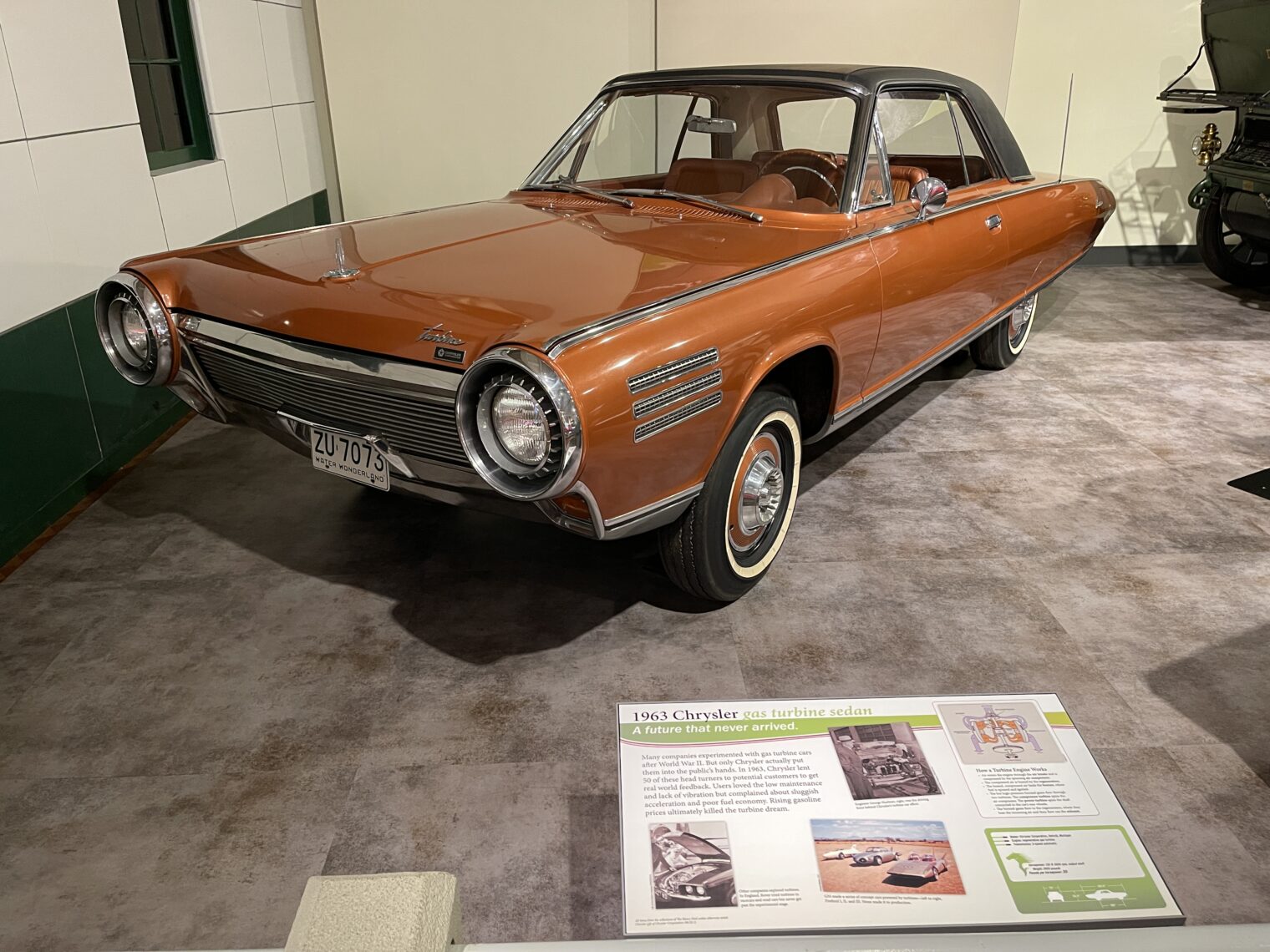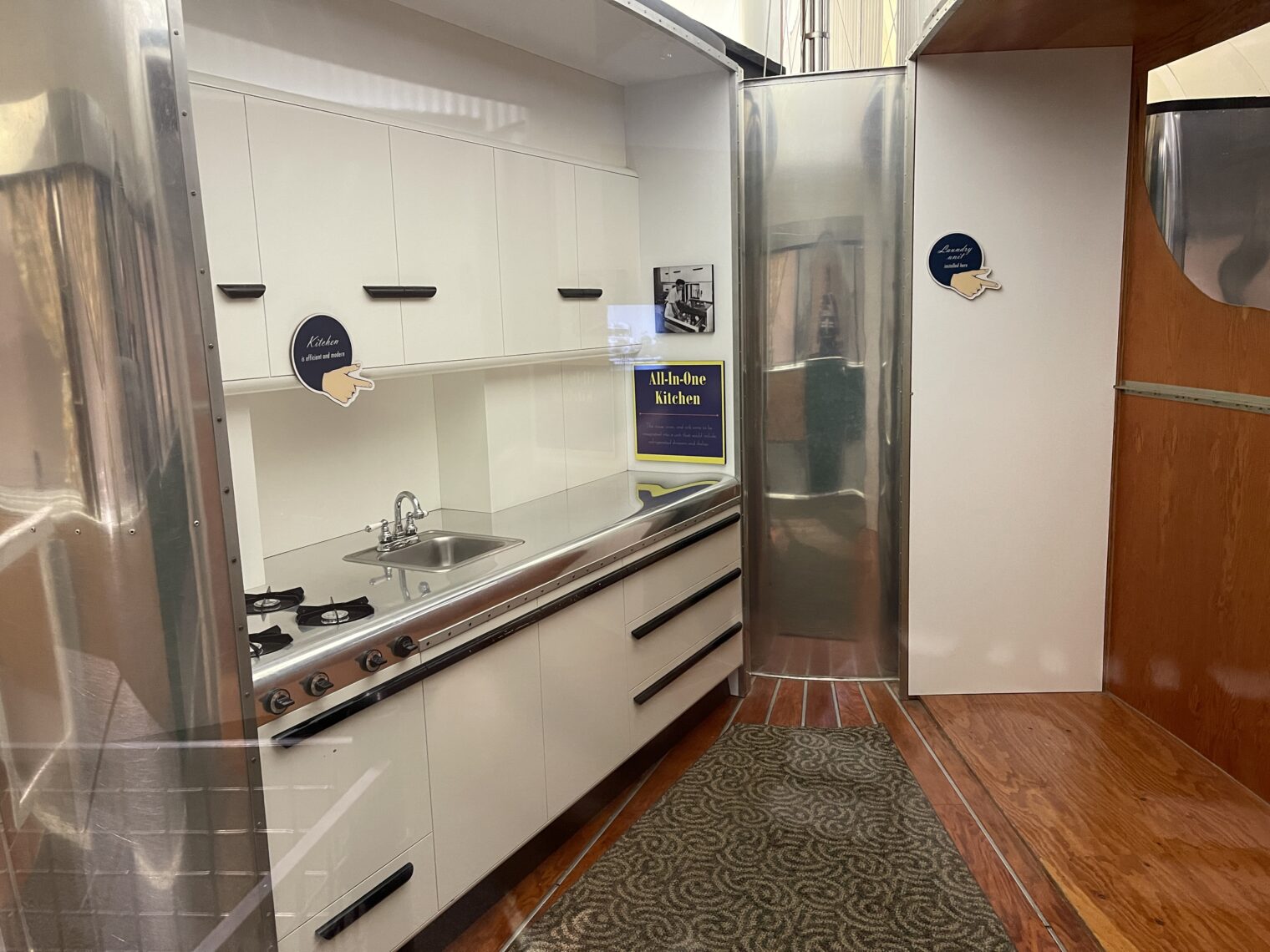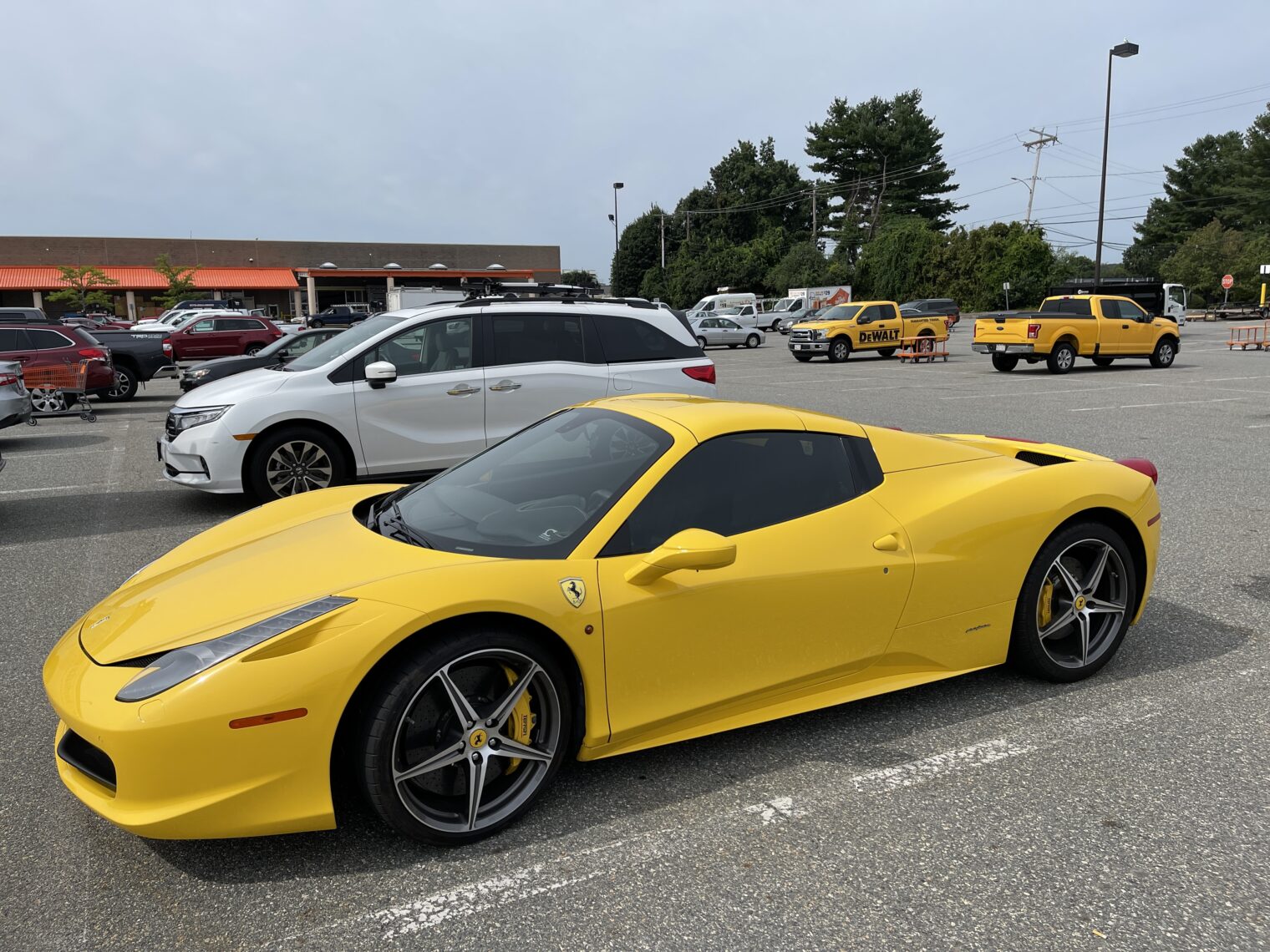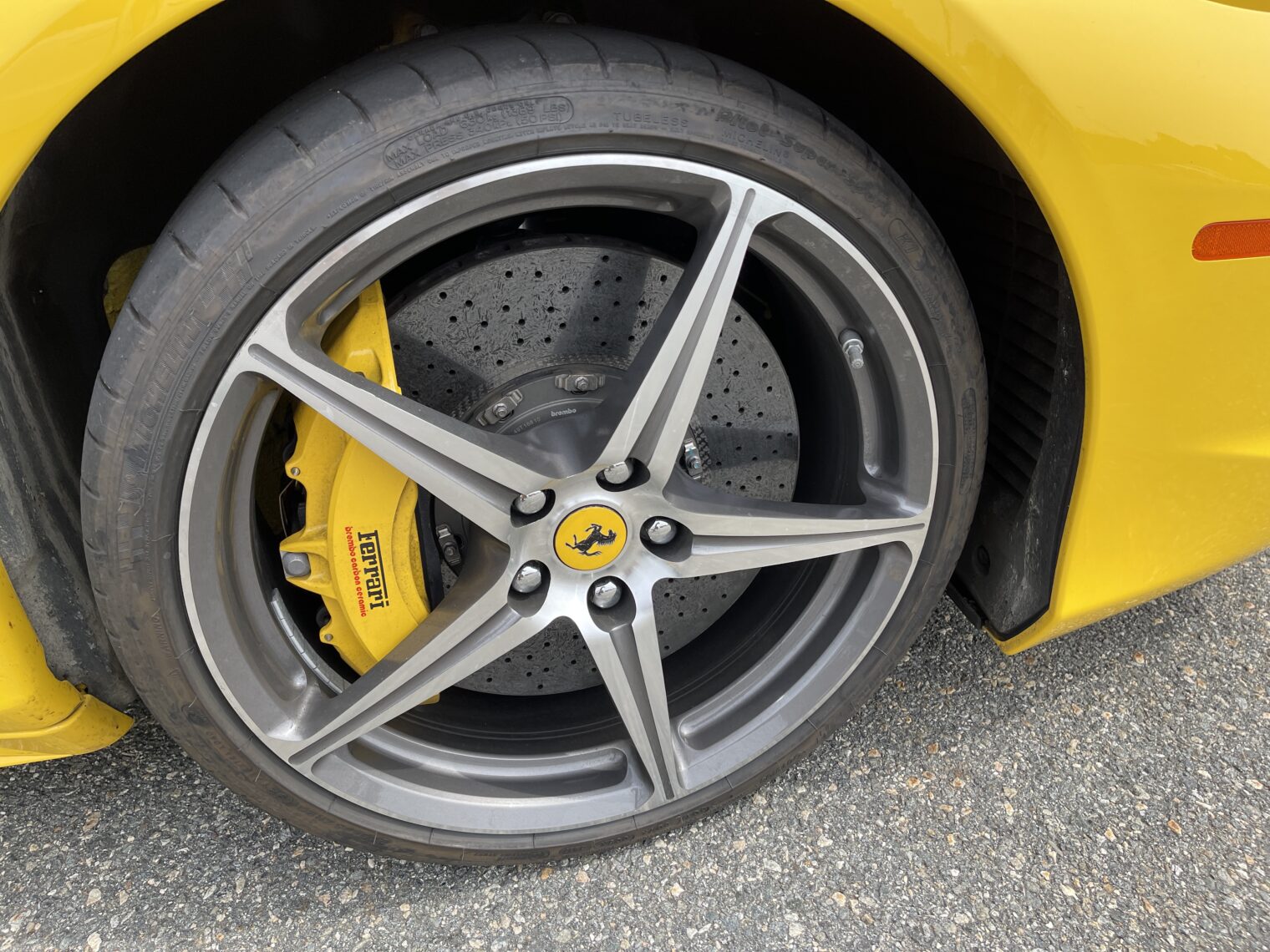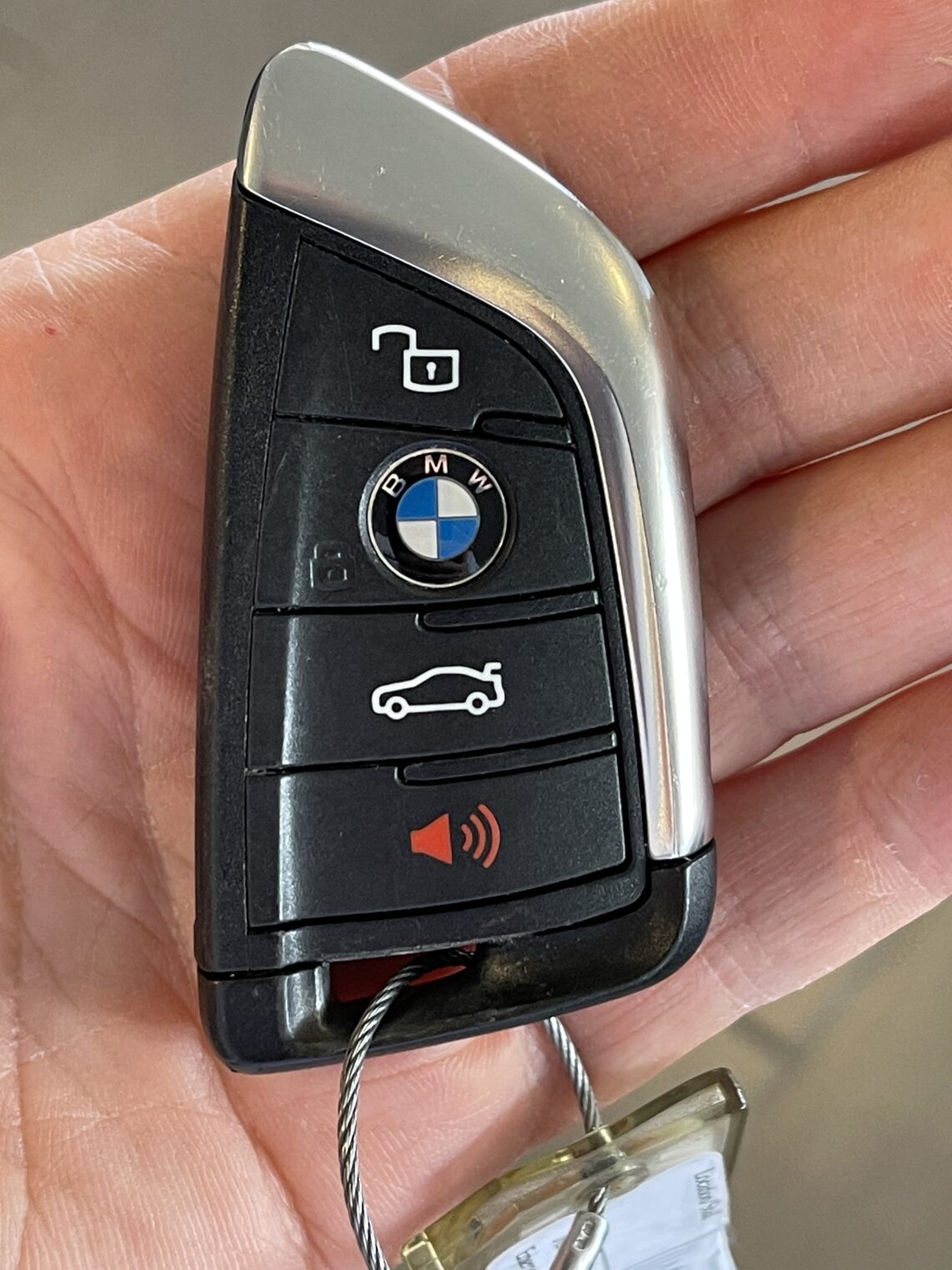Tire Pressure Monitoring System (TPMS) was itself the cause of loss of pressure…
The idea of indirect monitoring of tire pressure with sensors already on the car, e.g., wheel speed from the ABS system (just look to see if wheels are spinning at different speeds and/or look at GPS distance traveled versus wheel rotations), seems to be unpopular. In trying to clean up our 2007 Infiniti M35x so that the hulk could be sold (rather than moved to the Florida Free State where one gets no points for being a frugal Yankee driving an old car into the ground), it turned out that the slow leak in one tire was actually being caused by the TPMS sensor itself. Also, the shop said that the systems in older cars usually accumulated programming mistakes that led to the display being inaccurate regarding which tire was at what pressure. An indirect system wouldn’t be subject to these human errors.
A good example of how a system that is great in theory is weak in practice? Direct TPMS is presumably engineered to work well for the three-year standard new car warranty. But the service life of a car is closer to 20 years (average age of a car on a U.S. road right now is 12.1 years).
Would it have been smarter if we’d insisted on indirect sensing that couldn’t be a new source of leaks?
Full post, including comments